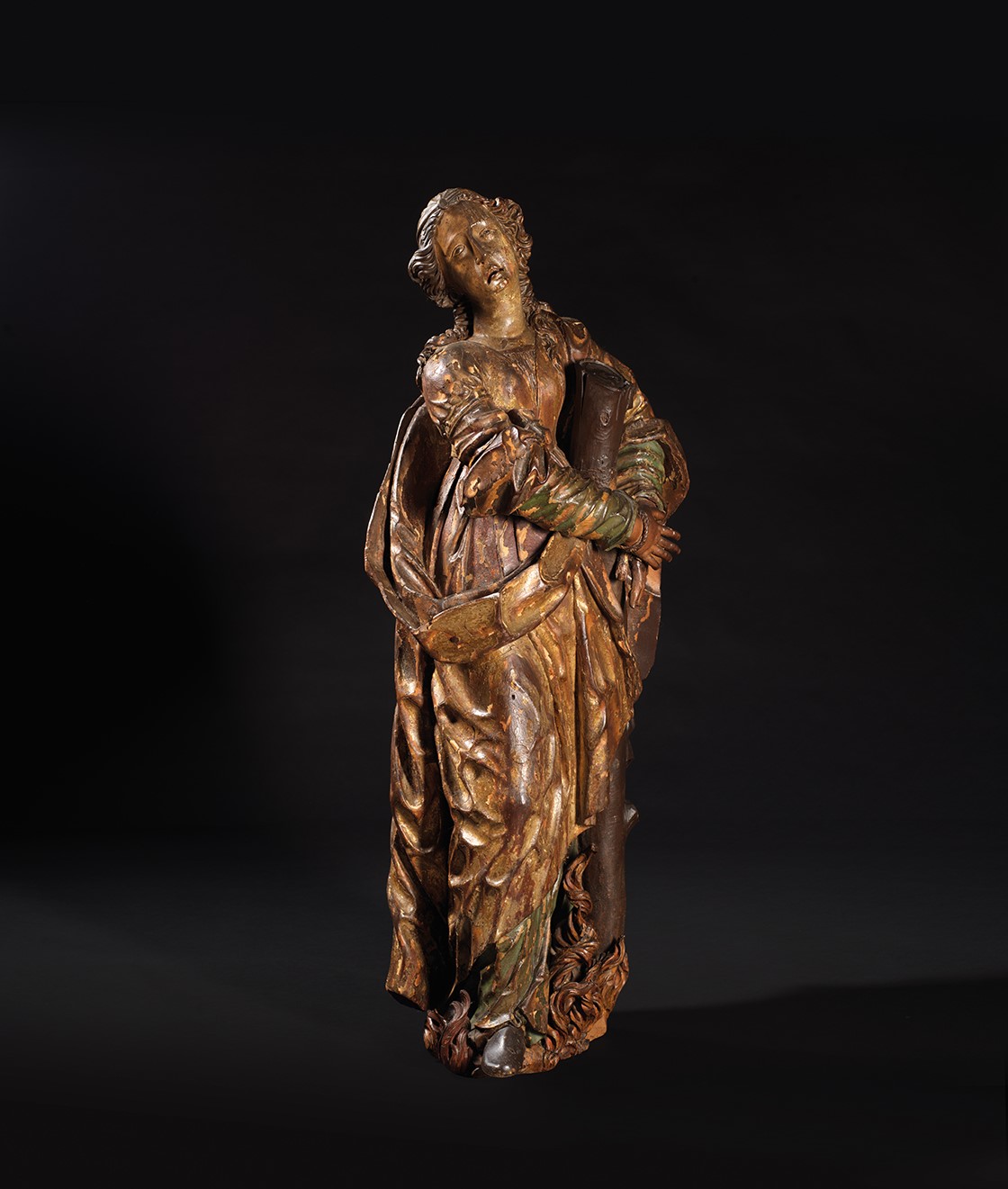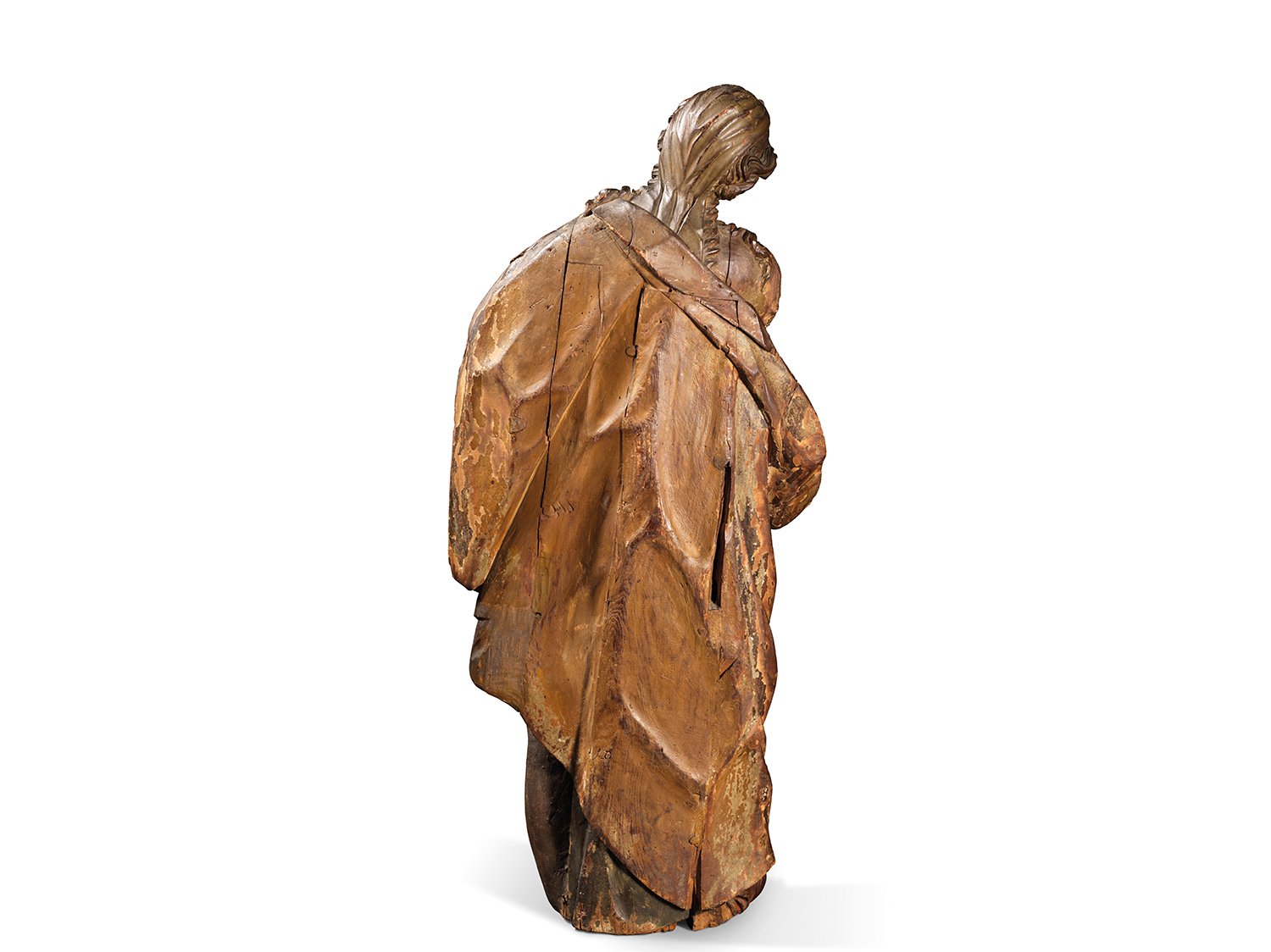Description
Patron Saint of the city and the diocese of Augsburg, the oldest traces of her worship date back to the 6th century.
There are several versions of his legend. She is sometimes identified as the daughter of a king of Cyprus whose violent and unexpected death forced her and her mother, Hilaria, to flee. They went to Augsburg via Rome. Others see her origins in Africa instead, her name meaning African in Latin.
Settled in Augsburg, they became the owners of a notorious inn where they traded in their charms.
Bishop Narcissus of Girona, accompanied by his deacon Felix, found refuge there one day, fleeing the persecution of Emperor Diocletian. As the two men prayed devoutly, Afre was touched by grace and asked to be baptized. She then left her old life and embraced the Christian faith.
When the Roman authorities learned of his new vocation, they exhorted her to worship the old gods and to deny the Christian faith. She refused to renounce her faith and was sentenced to be burned alive. Her sentence was applied immediately and she suffered her martyrdom on an island in Lech in 304
The sculpture presented here follows the traditional iconography of Saint Afre. The holy martyr is adorned with heavy and rich fabrics, embellished with some jewels. Her head tilts back revealing an expression of pain, her hair with pretty curls spreading over her shoulders. His mouth slightly open seems to let out a silent lament. His hands are tied to a tree trunk with a cord. The flames of the pyre rise beneath his feet.
Made from linden wood, it is the work of a Swabian artist, where his cult was widespread.
Bibliography
Louis REAU, Iconographie de l’Art Chrétien, Tome III-1, Presses Universitaires de France, Paris, 1958


